Tramadol
FDA Approved: * July 26, 2006Pharm Company: * TEVA PHARMS
Category: Pain Relief
Tramadol is a prescription opioid pain medication used to treat moderate to moderately severe pain in adults. It works by binding to opioid receptors in the brain and affecting the reuptake of serotonin and norepinephrine, which influence how your body perceives pain. Tramadol may be habit-forming and should only be used under close medical supervision.
* May have multiple approval dates, manufacturers, or labelers.1132 Discussions
Boxed Warning
Tramadol has the following serious risks, highlighted by the FDA:
- Addiction, abuse, and misuse can lead to overdose and death.
- Life-threatening respiratory depression may occur, especially during initiation or dose increases.
- Accidental ingestion in children can be fatal.
- Neonatal opioid withdrawal syndrome may occur in newborns exposed during pregnancy.
- Interactions with benzodiazepines or other CNS depressants can cause coma or death.
- Ultra-rapid metabolism of tramadol in some children can result in fatal respiratory depression.
What is Tramadol Used For?
Tramadol is used to:
- Manage moderate to moderately severe pain in adults.
- Provide around-the-clock treatment for pain when other options are inadequate (especially with extended-release formulations).
How to Take Tramadol
Immediate-Release Tablets:
- 50 to 100 mg every 4 to 6 hours as needed for pain.
- Maximum dose: 400 mg per day.
Extended-Release Tablets:
- Typically 100 mg once daily.
- May be increased in 100 mg increments every 5 days.
- Maximum dose: 300 mg per day.
Important instructions:
- Swallow tablets whole.
- Do not split, chew, or crush extended-release tablets.
- Take exactly as prescribed—do not adjust the dose or stop without medical advice.
Who Should Not Take Tramadol?
Avoid Tramadol if you:
- Are allergic to tramadol or other opioids.
- Have severe asthma, breathing problems, or a blockage in your stomach or intestines.
- Are currently using or recently used monoamine oxidase inhibitors (MAOIs) (within the past 14 days).
- Are under 12 years old, or under 18 following tonsil or adenoid surgery.
Warnings and Precautions
Speak to your healthcare provider before using tramadol if you:
- Have liver or kidney disease.
- Have a history of seizures.
- Are taking medications that increase serotonin levels.
- Have a personal or family history of mental health disorders or substance use.
- Are taking sedatives, sleep aids, or alcohol (increased risk of dangerous sedation or breathing problems).
Use in Pregnancy and Breastfeeding
- Pregnancy: Tramadol can cause neonatal opioid withdrawal syndrome if used long-term during pregnancy.
- Breastfeeding: Not recommended. Tramadol passes into breast milk and may cause serious side effects in infants, including breathing problems and death.
Drug Interactions
Tramadol may interact dangerously with:
- Benzodiazepines or other CNS depressants (e.g., alcohol, sleep medications)
- Serotonergic drugs, including SSRIs, SNRIs, MAOIs, and certain migraine medications (risk of serotonin syndrome)
- Drugs that lower the seizure threshold, such as certain antidepressants or antipsychotics
- Carbamazepine, which may reduce tramadol effectiveness and increase seizure risk
Always provide a full list of your medications to your doctor.
Possible Side Effects
Common side effects:
- Dizziness
- Nausea
- Constipation
- Headache
- Drowsiness
- Dry mouth
Serious side effects (seek immediate help):
- Slow or difficult breathing
- Seizures
- Fainting or loss of consciousness
- Signs of allergic reaction (rash, swelling, difficulty breathing)
- Confusion or hallucinations
Overdose Symptoms
Signs of tramadol overdose include:
- Pinpoint pupils
- Unconsciousness or extreme drowsiness
- Cold or clammy skin
- Slow or stopped breathing
If overdose is suspected, call 911 or Poison Control at 1-800-222-1222 immediately.
Dependence, Withdrawal, and Abuse
- Tramadol can lead to physical dependence, especially with prolonged use.
- Withdrawal symptoms may include restlessness, sweating, chills, muscle aches, insomnia, and mood changes.
- Do not stop taking tramadol suddenly—always taper under medical supervision.
- Tramadol is classified as a Schedule IV controlled substance due to its abuse potential.
Additional Notes
- Store tramadol in a safe place out of reach of children and pets.
- Dispose of unused tablets according to local guidelines or at authorized take-back locations.
- Do not share your medication with anyone else.
When to Call Your Doctor
Contact your healthcare provider if:
- Your pain worsens or doesn’t improve.
- You experience serious side effects or signs of overdose.
- You become pregnant or plan to become pregnant.
- You need to stop or adjust your medication.
References:
Dosage List
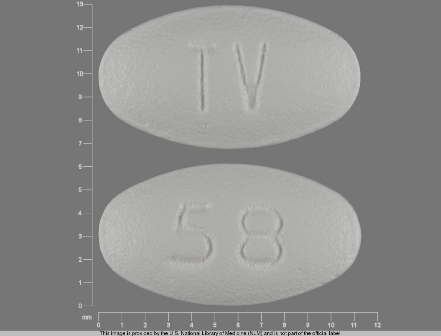
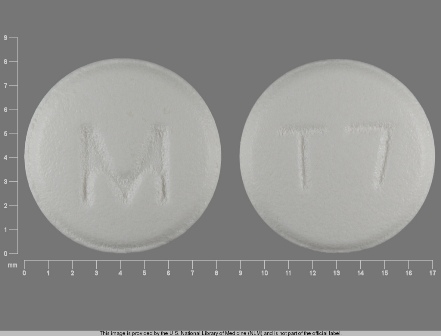
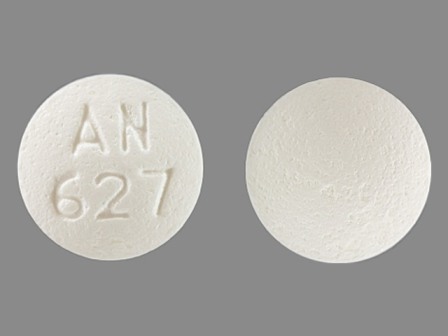
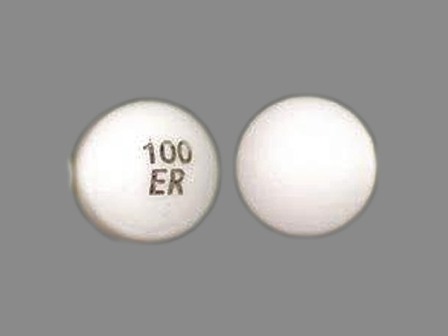
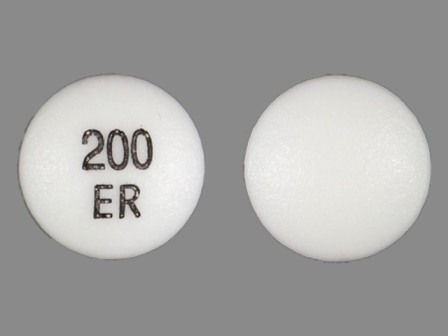
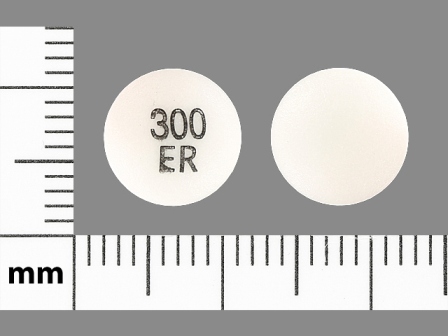



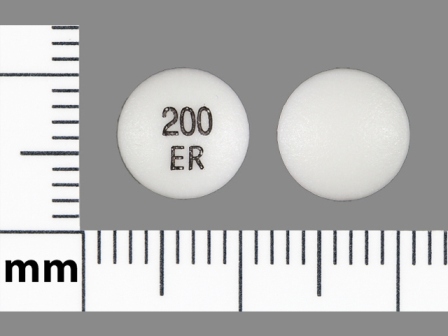
Related Brands
Drugs with the same active ingredientsPopular Topics
one side of pill is a M and the other side of the pill is T7 ## what type of drug is tramadol hcl 50 mg. is it narcotic,...
All our pharmacies here have switched to amneal, which doesn't do a thing except give a headache. The brand does mak...
Hearing lots of places that the people who order tramadol via internet will no longer be able to. I live in a town with ...
Hello all. I usually take Vicodin when I have bad back pain, but wanted to try something that wouldn't knock me out....
Is Tramadol a controlled substance, or is there any type of narcotic in them? I would really appreciate any reply. I wou...
Is Tramadol considered to be a controlled medication? A narc med? ## I truly believe Tramadol is an addictive medication...
Hello. I have searched the web and can't seem to find a problem like mine while coming off tramadol. I have horrible...
My husband takes Tramadol for pain. It has caused him to be depressed. He is now addicted to the drug can't function...
I take ol-tram 100mg for chronic pain issues. From HAB pharmaceuticals. I open the capsule and tip it in my mouth, becau...
TRAMADOL=DECEPTIVE POISON. this drug is one of the nastier little secrets of the painkiller industry. from my experience...